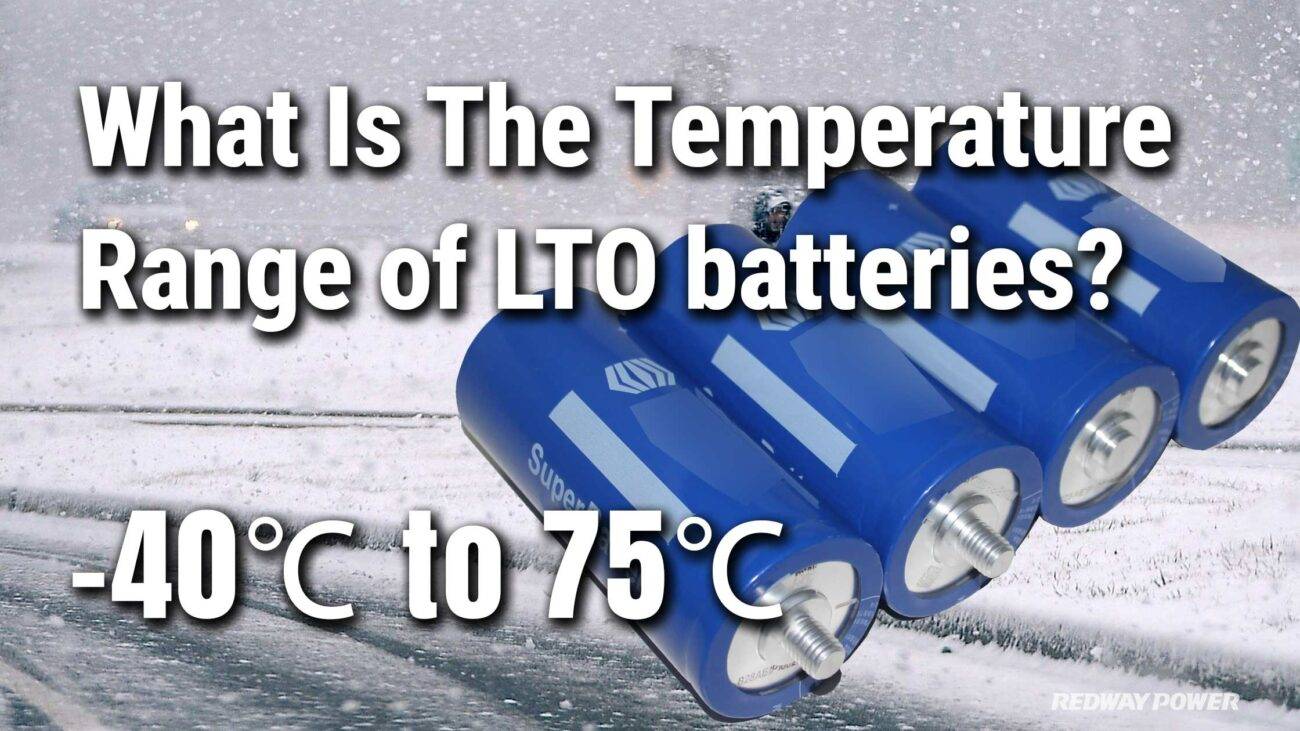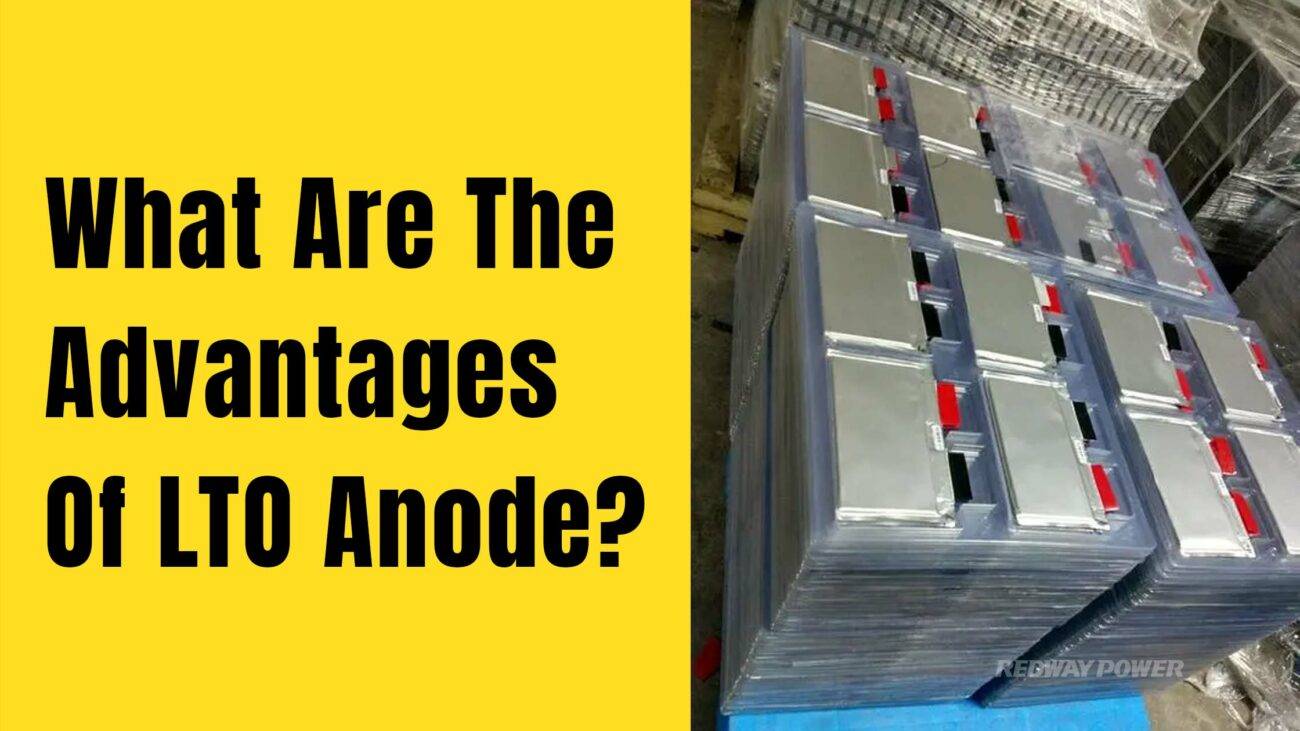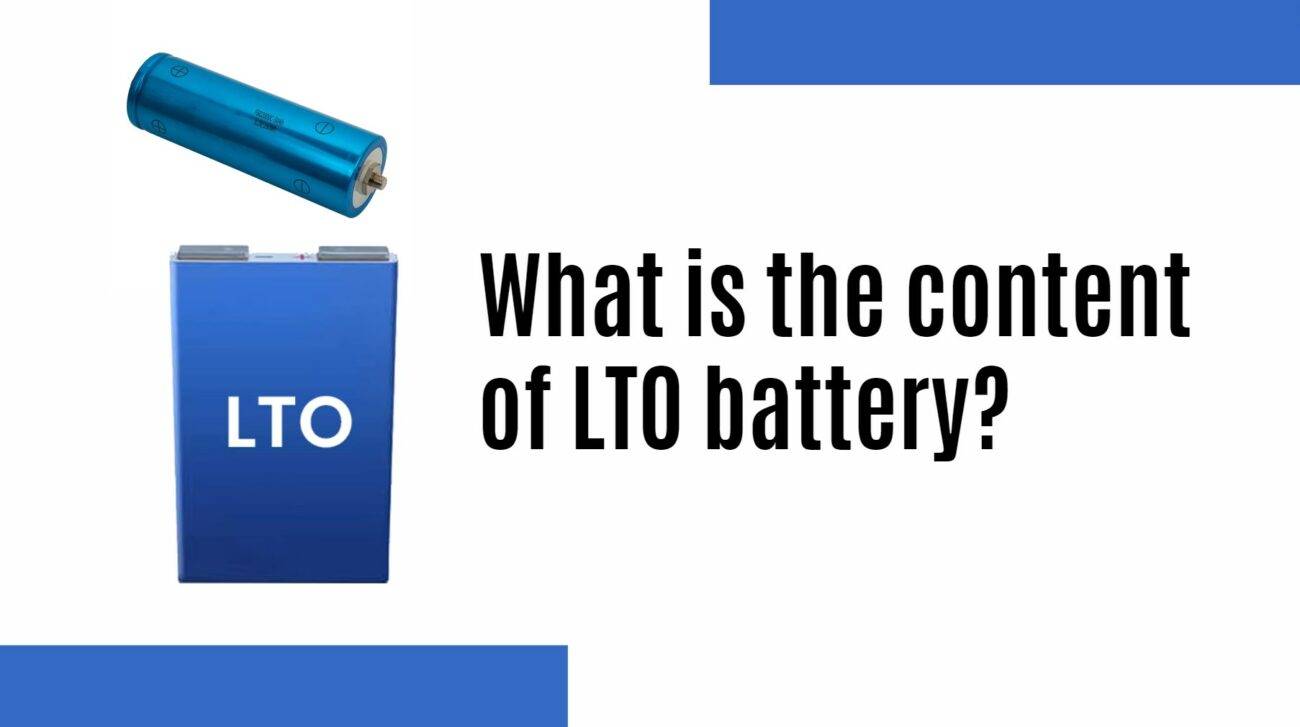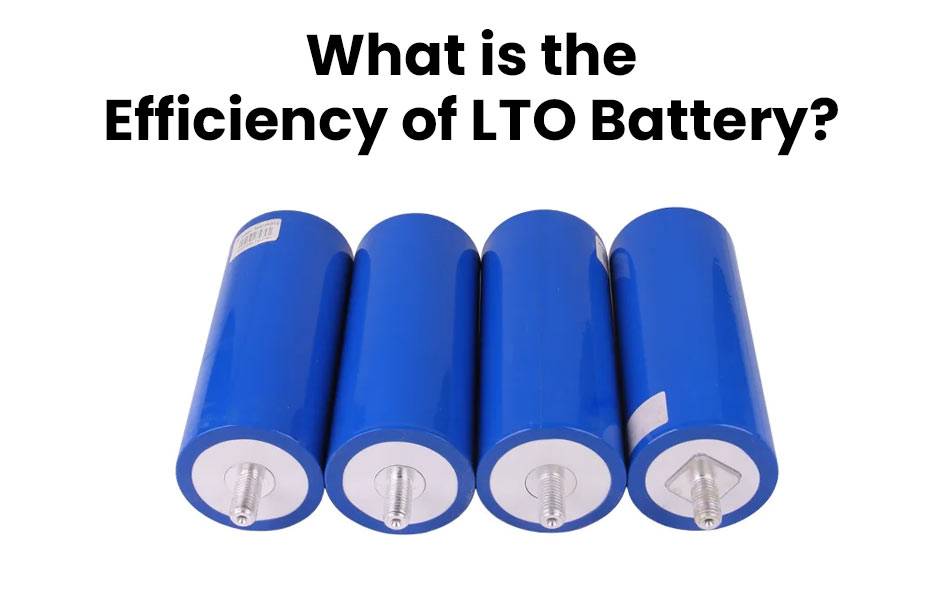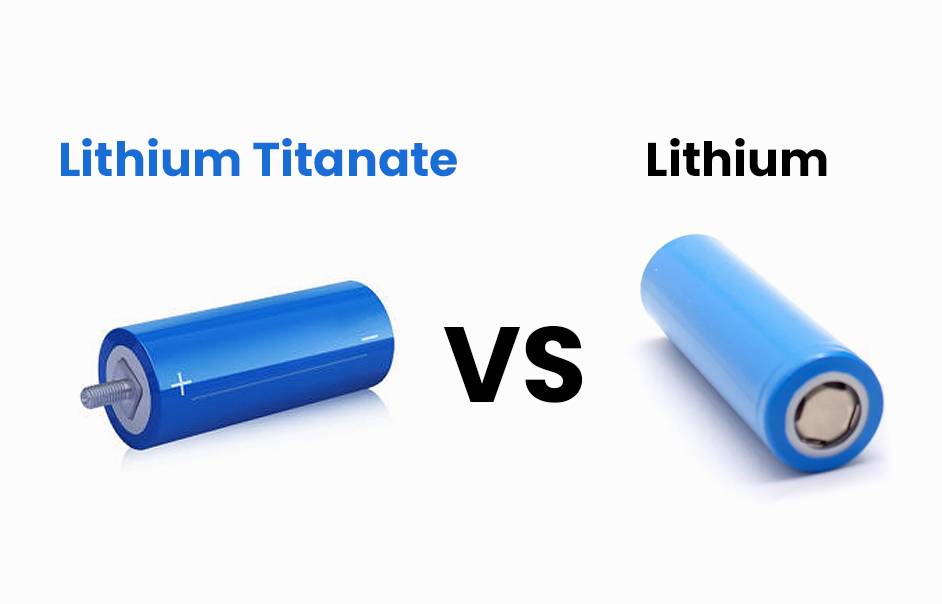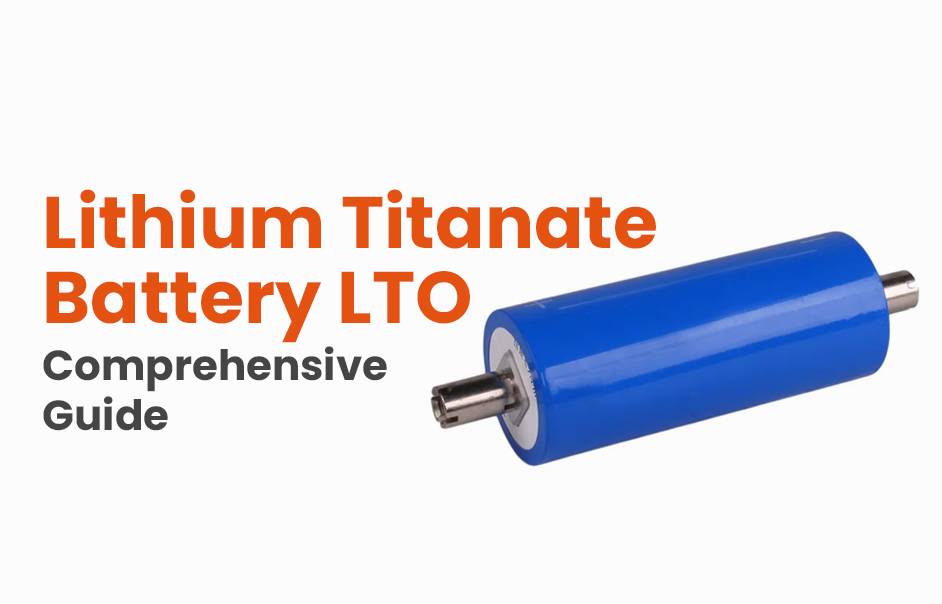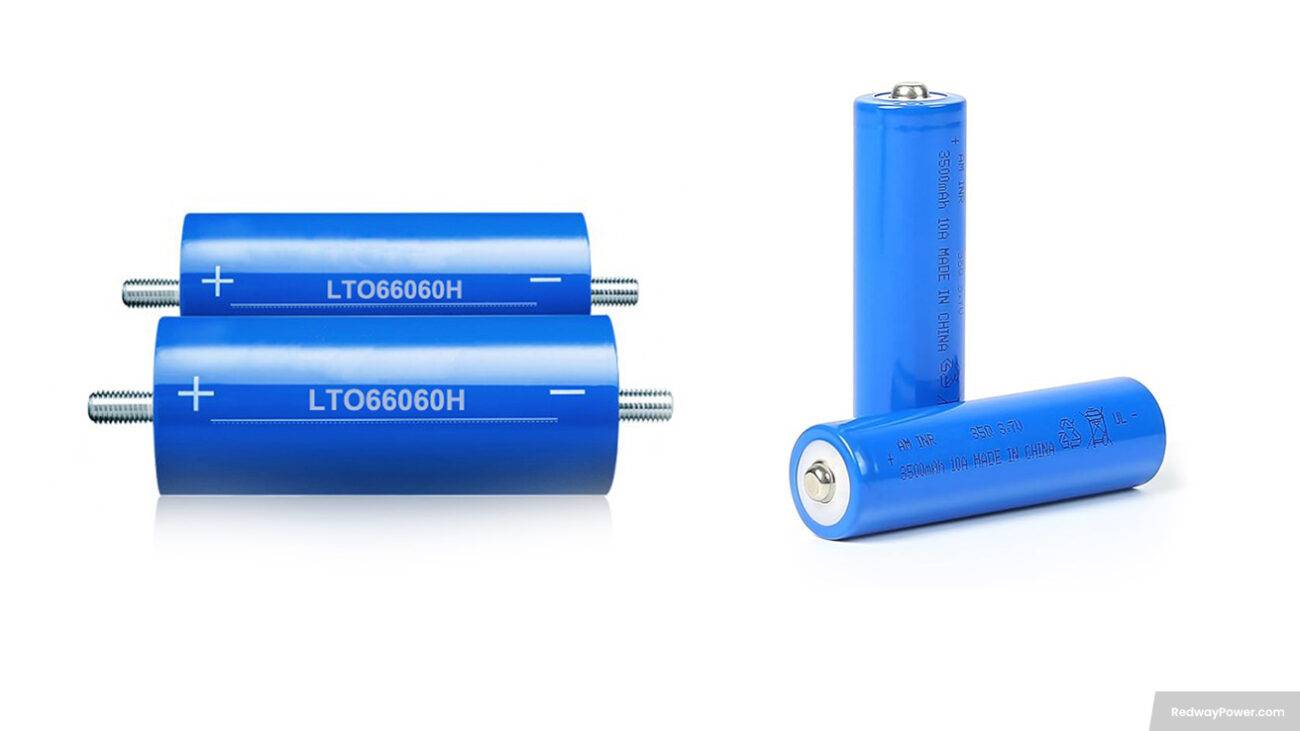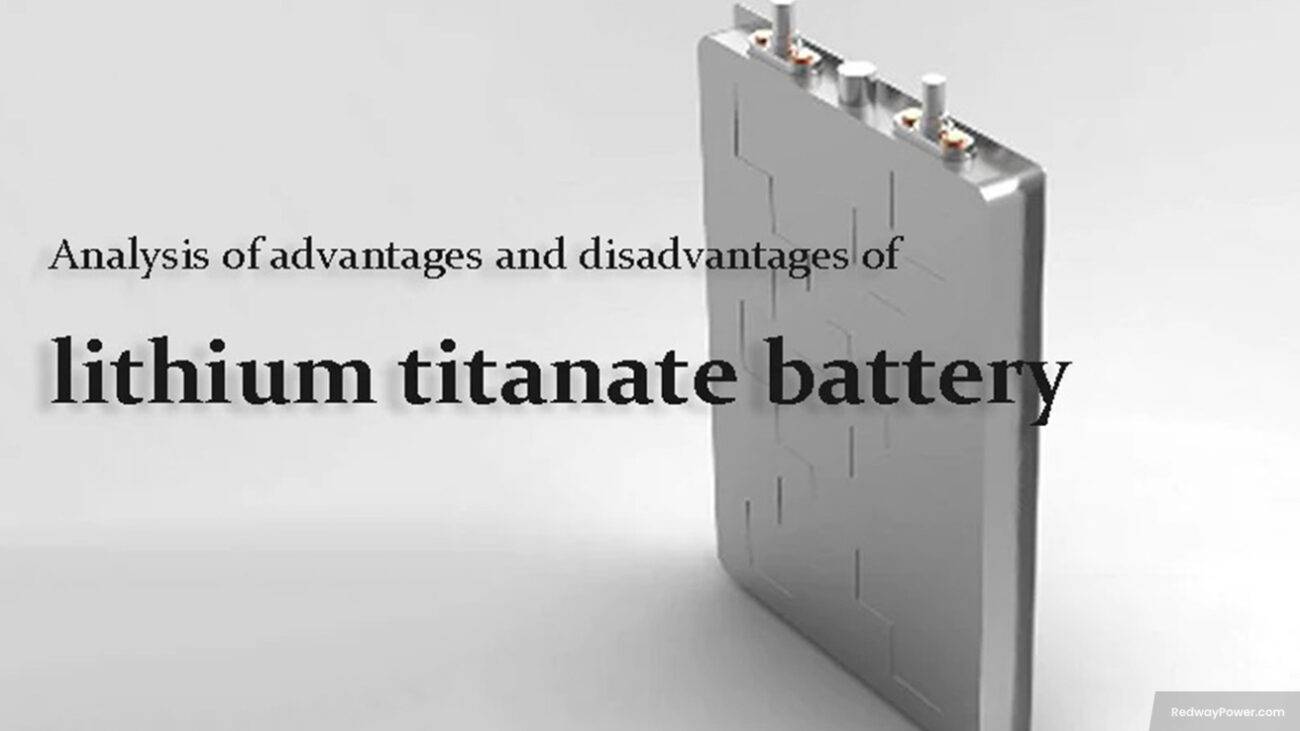- Forklift Lithium Battery
-
48V
- 48V 210Ah
- 48V 300Ah
- 48V 420Ah (949 x 349 x 569 mm)
- 48V 420Ah (950 x 421 x 450 mm)
- 48V 456Ah
- 48V 460Ah (830 x 630 x 590 mm)
- 48V 460Ah (950 x 421 x 450 mm)
- 48V 460Ah (800 x 630 x 600 mm)
- 48V 460Ah (820 x 660 x 470 mm)
- 48V 500Ah
- 48V 560Ah (810 x 630 x 600 mm)
- 48V 560Ah (950 x 592 x 450 mm)
- 48V 600Ah
- 48V 630Ah
-
48V
- Lithium Golf Cart Battery
- 12V Lithium Battery
12V 150Ah Lithium RV Battery
Bluetooth App | BCI Group 31
LiFePO4 Lithium
Discharge Temperature -20°C ~ 65°C
Fast Charger 14.6V 50A
Solar MPPT Charging - 24V Lithium Battery
- 36V Lithium Battery
- 48V Lithium Battery
-
48V LiFePO4 Battery
- 48V 50Ah
- 48V 50Ah (for Golf Carts)
- 48V 60Ah (8D)
- 48V 100Ah (8D)
- 48V 100Ah
- 48V 100Ah (Discharge 100A for Golf Carts)
- 48V 100Ah (Discharge 150A for Golf Carts)
- 48V 100Ah (Discharge 200A for Golf Carts)
- 48V 150Ah (for Golf Carts)
- 48V 160Ah (Discharge 100A for Golf Carts)
- 48V 160Ah (Discharge 160A for Golf Carts)
-
48V LiFePO4 Battery
- 60V Lithium Battery
-
60V LiFePO4 Battery
- 60V 20Ah
- 60V 30Ah
- 60V 50Ah
- 60V 50Ah (Small Size / Side Terminal)
- 60V 100Ah (for Electric Motocycle, Electric Scooter, LSV, AGV)
- 60V 100Ah (for Forklift, AGV, Electric Scooter, Sweeper)
- 60V 150Ah (E-Motocycle / E-Scooter / E-Tricycle / Tour LSV)
- 60V 200Ah (for Forklift, AGV, Electric Scooter, Sweeper)
-
60V LiFePO4 Battery
- 72V~96V Lithium Battery
- Rack-mounted Lithium Battery
- E-Bike Battery
- All-in-One Home-ESS
- Wall-mount Battery ESS
-
Home-ESS Lithium Battery PowerWall
- 24V 100Ah 2.4kWh PW24100-S PowerWall
- 48V 50Ah 2.4kWh PW4850-S PowerWall
- 48V 50Ah 2.56kWh PW5150-S PowerWall
- 48V 100Ah 5.12kWh PW51100-F PowerWall (IP65)
- 48V 100Ah 5.12kWh PW51100-S PowerWall
- 48V 100Ah 5.12kWh PW51100-H PowerWall
- 48V 200Ah 10kWh PW51200-H PowerWall
- 48V 300Ah 15kWh PW51300-H PowerWall
PowerWall 51.2V 100Ah LiFePO4 Lithium Battery
Highly popular in Asia and Eastern Europe.
CE Certification | Home-ESS -
Home-ESS Lithium Battery PowerWall
- Portable Power Stations
What Is the Anode Material Used in LTO Batteries?

The anode material used in Lithium Titanate (LTO) batteries is lithium titanate oxide (Li4Ti5O12). This unique material offers several advantages, including exceptional safety, fast charging capabilities, and a long cycle life. These characteristics make LTO batteries suitable for various applications, particularly where rapid charge and discharge cycles are essential.
What Is the Anode Material in LTO Batteries?
The anode material in LTO batteries is lithium titanate oxide (Li4Ti5O12). This compound is known for its high stability and safety, providing a significant advantage over traditional graphite anodes used in other lithium-ion batteries. The structure of lithium titanate allows for fast lithium-ion diffusion, enhancing the battery’s performance during charging and discharging.Chart: Comparison of Anode Materials
| Anode Material | Composition | Key Characteristics |
|---|---|---|
| Lithium Titanate | Li4Ti5O12 | Fast charging, long cycle life |
| Graphite | C (Carbon) | High capacity, slower charging |
| Silicon | Si | High capacity but low cycle life |
How Does the Anode Material Impact Battery Performance?
The choice of anode material significantly influences battery performance. In the case of lithium titanate:
- Fast Charging: The unique crystal structure allows for rapid lithium-ion movement, enabling charging times as short as 10 minutes.
- Long Cycle Life: LTO batteries can endure over 10,000 charge cycles, far exceeding traditional lithium-ion batteries.
- Safety: The stable nature of lithium titanate reduces risks associated with overheating and thermal runaway.
What Are the Advantages of Using Lithium Titanate as an Anode?
Using lithium titanate as an anode material provides several advantages:
- High Rate Capability: Ideal for applications requiring quick energy delivery.
- Wide Temperature Range: Performs well in extreme temperatures, making it suitable for various environments.
- Environmental Stability: Less prone to degradation compared to other materials, ensuring longevity.
How Do LTO Batteries Compare to Other Lithium-Ion Technologies?
LTO batteries stand out when compared to other lithium-ion technologies like those using graphite or silicon:
- Charging Speed: LTO can charge significantly faster than conventional lithium-ion batteries.
- Cycle Life: With a lifespan exceeding 10,000 cycles, they outperform typical lithium-ion batteries that last around 500 to 1,500 cycles.
- Energy Density: While LTO has lower energy density than some other types (approximately 70 Wh/kg), its advantages often outweigh this limitation in specific applications.
Chart: Comparison of Battery Types
| Battery Type | Energy Density (Wh/kg) | Cycle Life | Charge Time |
|---|---|---|---|
| Lithium Titanate | 70 | 10,000+ cycles | 10 minutes |
| Lithium-Ion (Graphite) | 150 – 250 | 500 – 1,500 cycles | 1 – 3 hours |
| Lithium-Ion (Silicon) | 300 – 400 | 300 – 500 cycles | 1 – 2 hours |
What Applications Are Best Suited for LTO Batteries?
LTO batteries are particularly well-suited for applications that require rapid charging and discharging capabilities:
- Electric Vehicles: Their fast charge capability makes them ideal for public transport systems.
- Grid Energy Storage: Used in renewable energy systems where quick response times are crucial.
- Power Tools and Portable Electronics: Beneficial for devices requiring high power output over short periods.
How Can OEM Buyers Benefit from Using LTO Technology?
Tips for Battery Wholesale Buyers:
OEM buyers looking to integrate LTO technology into their products should consider:
- Performance Needs: Assess if rapid charge and discharge capabilities align with product requirements.
- Cost-Benefit Analysis: Evaluate long-term savings associated with durability and reduced maintenance.
- Supplier Reliability: Partner with reputable manufacturers like Redway Power, known for high-quality lithium battery solutions with over 13 years of experience.
By understanding these factors, buyers can make informed decisions that enhance their product offerings while optimizing performance.
Redway Power Expert Views
“Choosing lithium titanate as an anode material opens up new possibilities for high-performance applications,” states an expert from Redway Power. “With its fast charging capabilities and exceptional cycle life, LTO technology is paving the way for advancements in electric mobility and energy storage solutions.”In conclusion, the use of lithium titanate oxide as the anode material in LTO batteries provides significant benefits over traditional battery technologies. Its unique properties enable faster charging, longer lifespans, and enhanced safety, making it a valuable option for various applications.
FAQ Section
- What is the main advantage of using lithium titanate as an anode?
The primary advantage is its ability to support fast charging and long cycle life compared to traditional materials like graphite. - How long do LTO batteries typically last?
LTO batteries can last over 10,000 charge cycles, significantly longer than most conventional lithium-ion batteries. - Are there safety concerns with using LTO batteries?
LTO batteries are generally considered safer due to their stable chemistry and lower risk of thermal runaway. - What applications benefit most from LTO technology?
Applications such as electric vehicles, grid energy storage systems, and power tools benefit greatly from the fast charging and long lifespan of LTO batteries. - Can I replace my current battery with an LTO battery?
Yes, but ensure that your application can accommodate the specific characteristics and requirements of LTO technology.















